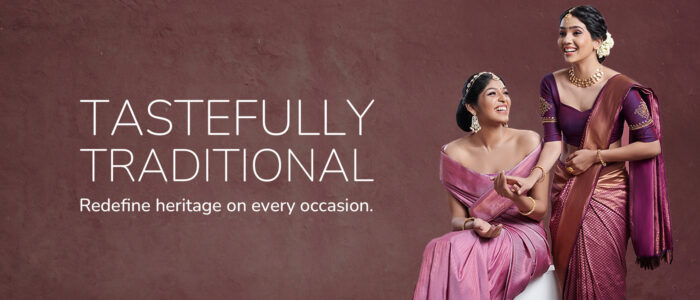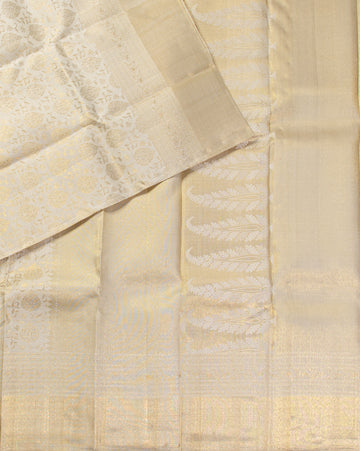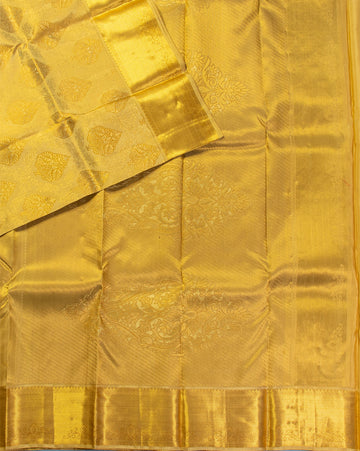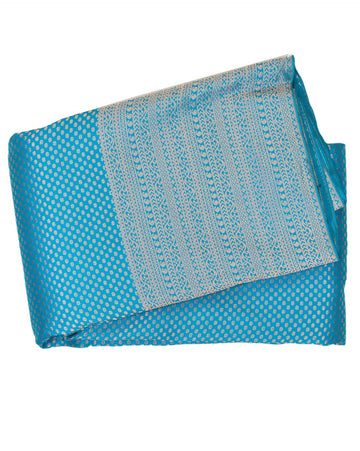Traditional Bridal Sarees
New Collection
Traditional Bridal Sarees Collection
Whether you want to embrace tradition or redefine it, our extensive collection of traditional bridal sarees has you covered. Indulge in our exquisite collection, intricately adorned with delicate embroidery, ensuring you shine as the radiant bride you always pictured yourself to be.
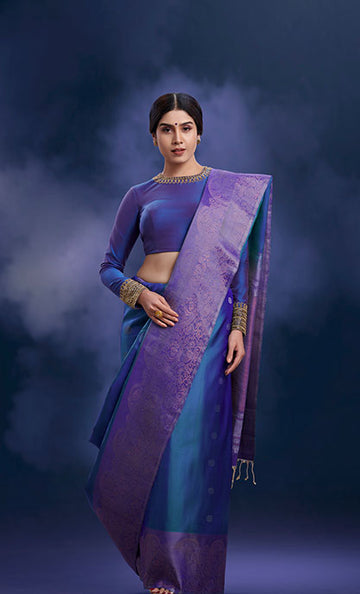
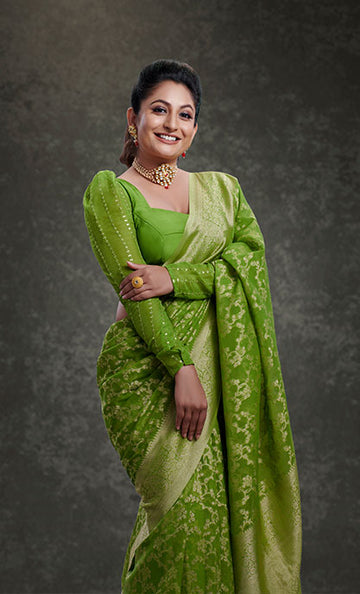

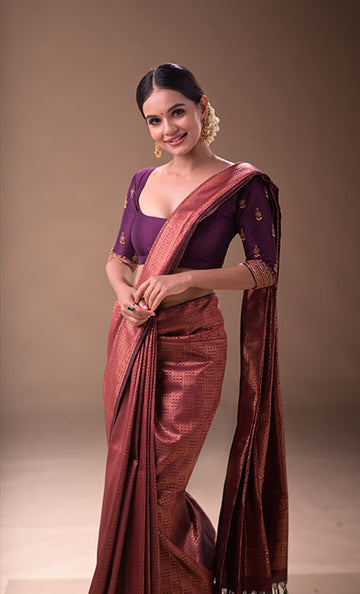
Trending this week


Journey down the Tussar Silk Road
Tussar silk sarees embody the virtues of nature’s craftsmanship. Each thread whispers tales of heritage, showcasing the intricacy and artistry of skilled weavers. With their earthy tones and subtle sheen, they exude elegance and sophistication, allowing you to make a graceful statement on any occasion. Beyond their rustic visual appeal, these sarees are also lightweight and breathable, ensuring comfort without compromising on style.
Kanchipuram Sarees: The Epitome of Tradition, Craftsmanship, and Elegance
Kanchipuram sarees, also known as Kanjeevaram sarees, are a symbol of South Indian tradition, craftsmanship, and opulence. Originating from the town of Kanchipuram in Tamil Nadu, these sarees are known for their vibrant colors, intricate designs, and the use of high-quality silk and zari. The history of Kanchipuram sarees dates back over 400 years, and they have continued to be a cherished part of Indian heritage, worn for weddings, festivals, and other important celebrations. Their beauty and significance have made them one of the most sought-after sarees in India and abroad.
The Origins of Kanchipuram Sarees
The history of Kanchipuram sarees can be traced to the rule of the Pallava dynasty, around the 5th and 6th centuries. The town of Kanchipuram, known as the “Silk City” of India, has been a hub for weaving high-quality silk for centuries. Initially, the weaving was done on handlooms by skilled weavers who inherited their craft from generations of artisans. It is believed that the silk for these sarees was sourced from China and the designs and techniques were influenced by the temple architecture and culture of the region.



